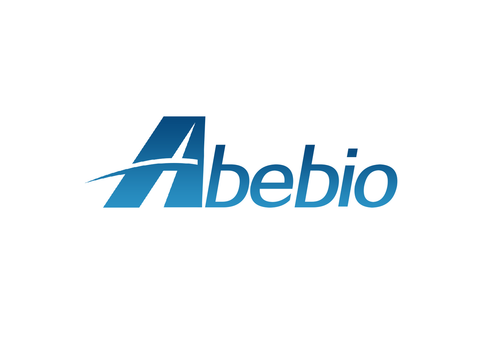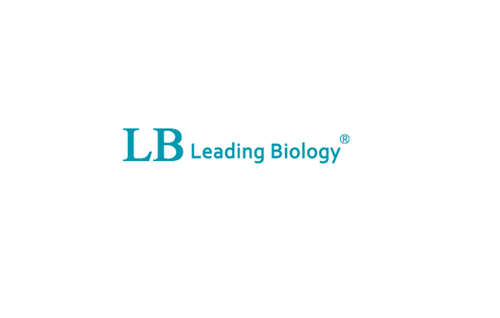Product Description
Human Uteroglobin (SCGB1A1) ELISA Kit | KTE60741 | Abbkine
Application: This Human Uteroglobin (SCGB1A1) ELISA Kit employs a two-site sandwich ELISA to quantitate SCGB1A1 in samples. An antibody specific for SCGB1A1 has been pre-coated onto a microplate. Standards and samples are pipetted into the wells and anySCGB1A1 present is bound by the immobilized antibody. After removing any unbound substances, a biotin-conjugated antibody specific for SCGB1A1 is added to the wells. After washing, Streptavidin conjugated Horseradish Peroxidase (HRP) is added to the wells. Following a wash to remove any unbound avidin-enzyme reagent, a substrate solution is added to the wells and color develops in proportion to the amount of SCGB1A1 bound in the initial step. The color development is stopped and the intensity of the color is measured.
Detection Method: Colorimetric
Conjugate: N/A
Sample Type: Cell culture supernatants#Serum#Plasma#Other biological fluids
Assay Type: Multiple steps standard sandwich ELISA assay with a working time of 3-5 hours. It depends on the experience of the operation person.
Kit Component: • Human Uteroglobin microplate
• Human Uteroglobin standard
• Human Uteroglobin detect antibody
• Streptavidin-HRP
• Standard diluent
• Assay buffer
• HRP substrate
• Stop solution
• Wash buffer
• Plate covers
Features & Benefits: Human Uteroglobin (SCGB1A1) ELISA Kit has high sensitivity and excellent specificity for detection of Human SCGB1A1. No significant cross-reactivity or interference between Human SCGB1A1 and analogues was observed.
Calibration Range: Please inquire
Limit Of Detection: Please inquire
Usage Note: • Do not mix components from different kit lots or use reagents beyond the kit expiration date.
• Allow all reagents to warm to room temperature for at least 30 minutes before opening.
• Pre-rinse the pipet tip with reagent, use fresh pipet tips for each sample, standard and reagent to avoid contamination.
• Unused wells must be kept desiccated at 4 °C in the sealed bag provided.
• Mix Thoroughly is very important for the result. It is recommended using low frequency oscillator or slight hand shaking every 10 minutes.
• It is recommended that all samples and standards be assayed in duplicate or triplicate.
Storage Instruction: The unopened kit should be stored at 2 - 8°C. After opening, please store refer to protocols.
Shipping: Gel pack with blue ice.
Precaution The product listed herein is for research use only and is not intended for use in human or clinical diagnosis. Suggested applications of our products are not recommendations to use our products in violation of any patent or as a license. We cannot be responsible for patent infringements or other violations that may occur with the use of this product.
Background: Clara Cell Protein 16 concentrations have been determined in both serum and bronchoalveolar lavage fluid in numerous studies since 1994. In serum, its increase is associated with age, asbestos, nitrogen chloride and ozone exposure, sarcoidosis and high PEEP ventilation. Decreased serum CC16 levels are found after pulmonary resection, in silica-exposed workers, smokers and in asthma. Decreased CC16 concentrations were also found in the amniotic fluid of fetuses suffering from pulmonary hypoplasia caused by various mechanisms (diaphragmatic hernia, diabetic fetopathy, Turner and Down syndrome) . In pleural effusions, the CC16 concentration appears to be associated with its diffusion from the lung as evidenced by high CC16 levels in cardiac pleural congestion.
Alternative Names: SCGB1A1; CC10; CC16; CCSP; UGB; Uteroglobin (Clara-cell specific 10-kD protein)
Search name: SCGB1A1; CC10; CC16; CCSP; UGB; Uteroglobin (Clara-cell specific 10-kD protein)
Tag: SCGB1A1
 Euro
Euro
 USD
USD
 British Pound
British Pound
 NULL
NULL








